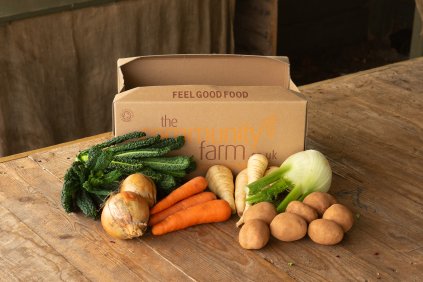I never expected to have such a joyful morning on the Farm, especially as it was a grey, cold and overcast morning in February.
We arrived just before 10am to take part in the first national Farmland Bird Count, supported by the Royal Society for the Protection of Birds.
Our task was to count all species of birds found on the farmland, in just half an hour, including those birds that flew over the fields.
Winter is a dormant time and the fields looked as though they wouldn't support much life at all until next spring. How wrong we were. Watching near the Yurt on the farm, with the help of binoculars, we saw nineteen species of birds in just over half an hour!Even in winter, this organic farm provides a plentiful source of seed and tiny insects for many species of birds. We were delighted to see seven linnets, four song thrush, seven pied wagtail and three dunnock, or hedge sparrow, along with blackbird, goldfinch and even a pair of stonechat, among many other species.
Starlings are declining in number because many farmers do not leave their ground fallow in winter, allowing the birds access to seed from the previous season but at the Farm there were ten starling and a flock of ten redwing, (winter visitors from Scandinavia), drawn here for the riches on the ground.
Linnets in particular, are more dependent on wildflower seeds than other seed-eaters during the breeding season as chicks are fed exclusively on seeds rather than insects. They feed on over 46 types of seeds, many of which are from the cabbage family.
Just standing still and watching and listening to these birds was a wonderful experience and guess what, as we left, we saw a flock of fifty lapwing flying around the Farm and heard a skylark singing in February!
Article written by Sarah Pitt, Community Farm Board Member
Photograph of linnet by Jeff Cohen














